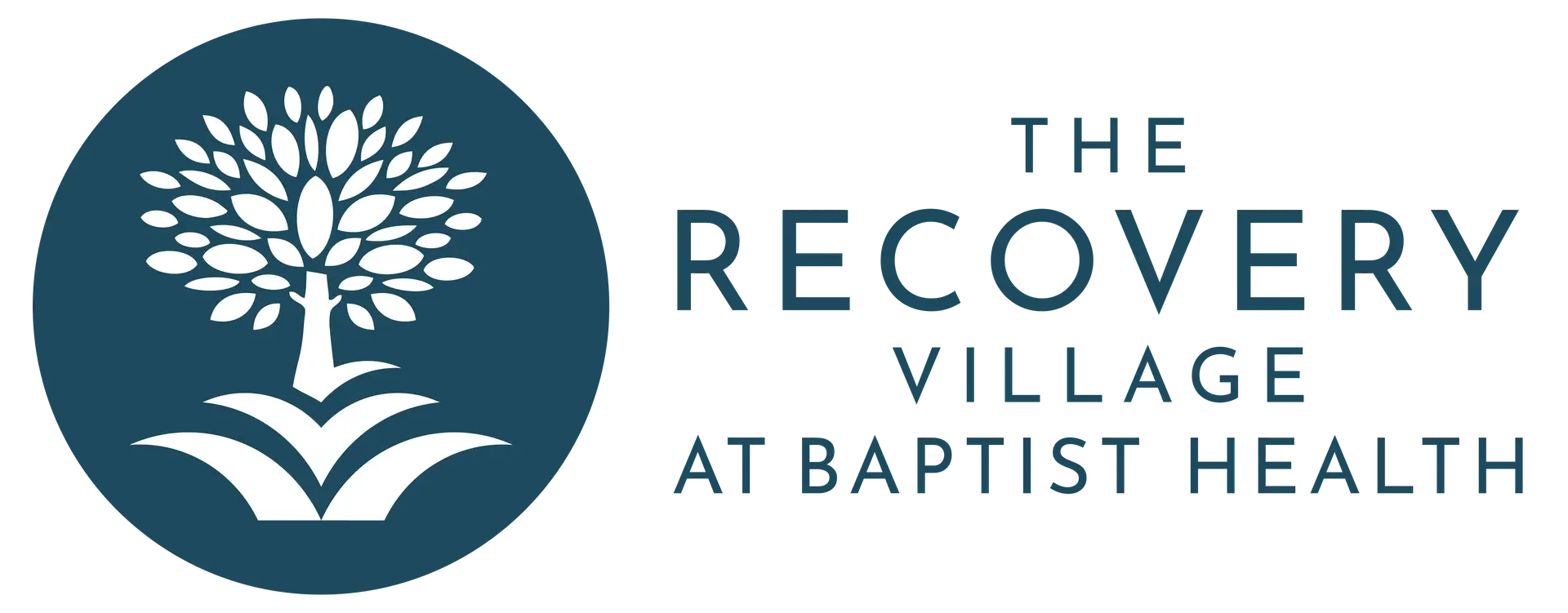Many people think marijuana is a harmless drug, but recent samples have shown up laced with the deadly drug fentanyl.
In the fall of 2021, there was a report from Connecticut in which the Department of Public Health said it believed deadly fentanyl was linked to 39 overdoses in the state. Following the report, there was a sense of panic about the potential for fentanyl-laced weed hitting the market more broadly.
Now, public health officials have walked back some of their initial claims in Connecticut, but there is still a growing problem with fentanyl-laced weed leading to opioid overdoses. There are real and often deadly risks that can come from drugs being laced with other things, although we now know the Connecticut story wasn’t what it initially seemed.
Fentanyl Mixing Trend
In the Connecticut story, the 39 people who reportedly overdosed all said they’d only used marijuana. However, those overdoses led to only one confirmed case of fentanyl-laced marijuana. Investigators now say accidental contamination likely caused that. Even after confirmation of just one contamination, authorities say there is still a risk of fentanyl-laced weed for people across the country.
Treatment Can Be Life Changing. Reach out today.

In Idaho for example, there was a story about a couple accused of selling fentanyl-laced weed. They’ve since been arrested and each charged with multiple crimes.
Authorities around the country are responding to opioid overdoses daily, and fentanyl is increasingly being found in counterfeit prescription opioid pills, meth and cocaine. Now, that’s extended to marijuana.
What is fentanyl, and why is it so deadly?
- Fentanyl is a powerful opioid that’s synthetically produced.
- According to the U.S. Drug Enforcement Administration, fentanyl is anywhere from 50 to 100 times stronger than morphine.
- Whether someone knowingly or unknowingly consumes fentanyl, they are at a high risk of an opioid overdose because of its potency.
- Much of the fentanyl entering the United States comes from illegal labs in Mexico, where it’s then moved across the border.
Fentanyl may be mixed with other drugs because of its potency. Drug dealers can traffic smaller amounts but maintain the same expected effects of drugs. Unfortunately, with the increase in potency comes the risk of death with even just a small amount. When end users don’t know they’re using fentanyl, the risk of an overdose and death is extraordinarily high.There are also situations where even the person selling drugs doesn’t know they contain fentanyl. Also, cross-contamination can occur because dealers are handling multiple substances at the same time.
How To Tell if Marijuana Is Laced With Fentanyl
It’s very difficult to determine whether you’re using fentanyl-laced marijuana. Fentanyl doesn’t look or smell like anything, so visually, it’s impossible to identify. The most reliable way to detect fentanyl in marijuana or other substances is to use fentanyl test strips.
Fentanyl test strips are an inexpensive harm reduction method. The strips were originally developed for urine screenings. To use a fentanyl test strip, the substance is dissolved in water, and then the strip is dipped into it. These tests are highly sensitive but also have limitations. For example, test strips can’t measure the potency or quantity of fentanyl in a sample, just that it’s in the sample.
Dangers of Mixing Marijuana & Fentanyl
On its own, marijuana isn’t a harmless substance. Marijuana can lead to psychosis, other serious symptoms, and dependence. With fentanyl-laced weed, the risks increase and include death. Fentanyl leads to overdoses and death because it slows down the central nervous system. Lacing any drug, including cannabis, with fentanyl will raise the risk of an overdose.
Fentanyl Overdose
Since it is so potent, a fentanyl overdose can occur quickly and without warning. Signs of a fentanyl overdose can include:
- Slow breathing
- Trouble breathing
- Confusion
- Dizziness
- Loss of consciousness (unable to wake up)
- Extreme drowsiness
- Pin-point pupils
How much fentanyl can kill you? Depending on the individual and their opioid tolerance, a lethal dose of fentanyl can be as little as 2 mg. To put that into context, one milligram is the equivalent of around 0.0002 teaspoons. Because it affects people differently, any amount of fentanyl is potentially deadly. There’s also the potential to become dependent on fentanyl, even with accidental use. Any fentanyl use can lead to addiction and, if someone tries to stop, opioid withdrawal symptoms.
What Other Drugs Can Marijuana Be Laced With?
What is the laced meaning? Laced refers to a situation where other substances are added to drugs for varying reasons. It may be to improve their potency, add bulk to the original amount, and increase profitability. For example, if a drug is sold by weight, adding other substances can make it heavier. Therefore, a dealer can charge more for it.
Marijuana can potentially be laced with any substance, purposely or accidentally. That’s one reason no drug is harmless, including marijuana. If someone sells low-quality marijuana, they might lace it with something to increase its psychoactive properties. Examples of substances marijuana can be laced with aside from fentanyl include:
Marijuana Addiction Treatment and Rehab in South Florida
The only way to avoid marijuana laced with potentially deadly drugs is not to use it. That can mean getting help in a professional treatment program for some people. The Recovery Village at Baptist Health is a comprehensive drug and alcohol rehab treatment center offering personalized treatment plans and programs.
Levels of care available at The Recovery Village at Baptist Health include medical detox, inpatient treatment, intensive outpatient programs and aftercare planning. Treatment programs include options for marijuana addiction and co-occurring disorders. We encourage you to contact our South Florida team today to learn about available treatment programs and explore what could be the right fit for you or a loved one.











